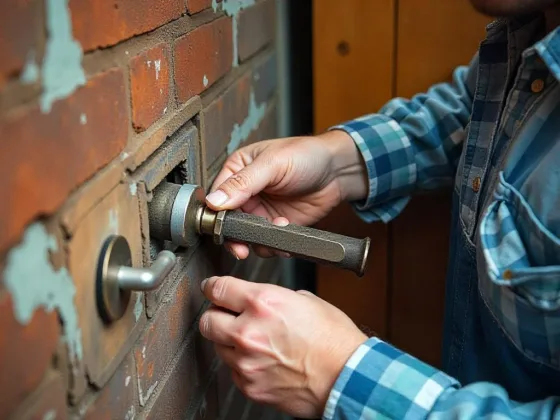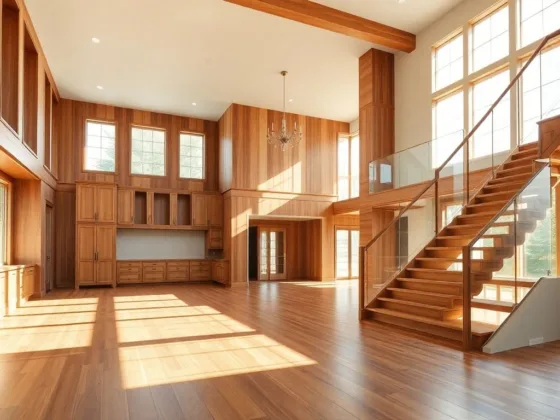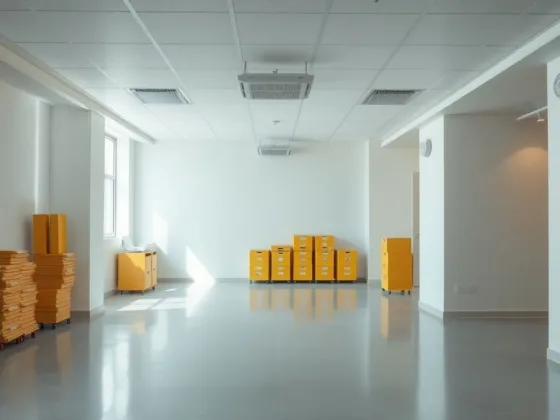Table of Contents Show
Slab leaks may not be as well-known as other household issues, but they pose a significant threat to the structural integrity of your home and can lead to devastating consequences if left untreated.
These hidden dangers lurk beneath the surface, often undetected until major damage has occurred. In this article, we will explore the common causes and signs of slab leaks in Fort Worth tx, as well as the importance of timely repairs.
We will also delve into the specific techniques used by professionals in the area to detect and repair slab leaks efficiently or we will explore what slab leaks are, why they are dangerous, and most importantly, how you can safeguard your home against them.
By understanding these hidden dangers and taking proactive measures, you can protect your investment and ensure the safety of your family.
Understanding Slab Leaks and Their Potential Risks
Slab leaks can pose several risks to your home if left undetected or untreated. One of the potential risks is structural damage. When water continuously leaks under the foundation, it can weaken the concrete and compromise the stability of your home.
Over time, this can lead to cracks in walls, ceilings, or floors and even cause parts of the foundation to sink or shift.
Another risk associated with slab leaks is mold growth. Moisture from a slab leak creates a perfect environment for mold to thrive.
Mold not only has an unpleasant odor but can also trigger allergies and respiratory issues in individuals living in the affected house.
Moreover, mold can spread quickly through air vents or gaps in walls, making it difficult and expensive to remove.
Read Also:
Signs Of a Slab Leak
Slab leaks can be a homeowner’s worst nightmare. One of the signs of a slab leak is an unexplained increase in your water bill.
If you notice a significant spike in your water usage without any changes in your daily routines, it could indicate a leak beneath the foundation of your home.
Another sign to look out for is damp or warm spots on the floor. If you walk barefoot and feel warmth or wetness in certain areas, it could be a sign that there is water leaking from pipes beneath the slab.
A sudden decrease in water pressure throughout your home can also be indicative of a slab leak. When pipes are damaged or broken, it can restrict the flow of water, resulting in reduced pressure when you turn on faucets or showers.
Additionally, if you notice cracks forming on walls or floors accompanied by mold growth, it’s important to investigate further as these are common signs of moisture damage caused by slab leaks.
The Dangers of Untreated Slab Leaks
Untreated slab leaks can pose serious risks to both the structural integrity of your home and the health of its occupants. One of the most immediate dangers is water damage, which can lead to mold growth and weaken the foundation.
As water seeps into the concrete slab, it can cause cracks and shifts in the foundation, compromising its stability over time.
Additionally, prolonged exposure to moisture can create an ideal environment for mold to thrive, leading to respiratory issues and allergies among residents.
Another danger of untreated slab leaks is increased utility bills due to wasted water. Even a small leak can result in a significant amount of water loss over time, leading to higher costs on your monthly bill.
Furthermore, if left unattended for an extended period, slab leaks can cause extensive damage that requires costly repairs or even full-scale replacement of pipes or sections of flooring.
Safeguarding Your Home Against Slab Leaks
1. One effective way to safeguard your home against slab leaks is by regularly inspecting and maintaining your plumbing system.
Conduct routine checks for any signs of water damage, such as damp spots or puddles on the floor, unexplained increases in water bills, or low water pressure.
It is also important to monitor the water meter for any sudden changes in usage that could indicate a hidden leak.
By promptly addressing any plumbing issues and scheduling regular professional inspections, you can identify potential problems before they escalate into major slab leaks.
2. Another crucial step in safeguarding your home against slab leaks is ensuring proper drainage around the foundation. Poor drainage can cause excess moisture buildup near the slab, increasing the risk of leaks over time.
To prevent this, make sure that downspouts are directed away from the foundation and that gutters are clear of debris to allow proper flow of rainwater away from your home.
Additionally, consider installing French drains or other drainage systems if necessary to redirect excess groundwater away from vulnerable areas.
3. In addition to regular inspections and drainage maintenance, it is advisable to install a whole-house leak detection system as an extra layer of protection against slab leaks.
These systems use advanced technology to monitor water flow throughout your home and can detect even minor leaks before they become major issues.
Some systems even have automatic shut-off features that can stop the main water supply in case of a detected leak, minimizing potential damage and reducing repair costs significantly.
Slab leaks can be a homeowner’s worst nightmare, causing significant damage to the foundation of a house.
At Wilson Home Services, we understand the urgency and complexity involved in slab leak repairs. Our team of expert technicians is equipped with the latest technology and tools to accurately detect and repair slab leaks.
Conclusion
Taking Action to Protect Your Home
In conclusion, slab leaks can pose significant dangers to both the structural integrity of your home and the health of your family.
From water damage and mold growth to foundation instability and increased utility bills, the consequences of these hidden leaks can be costly and extensive.
However, by being proactive and implementing preventative measures such as regular inspections, monitoring water usage, and maintaining proper drainage systems, you can safeguard your home against slab leaks.
Remember, taking action now can save you from future headaches and expenses. Don’t wait until it’s too late – protect your home today!










